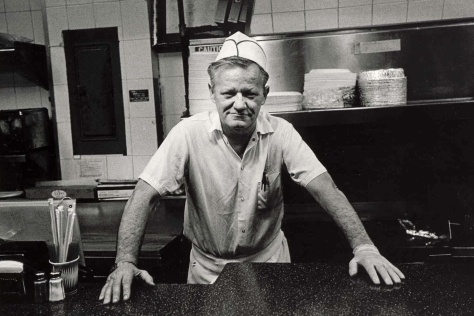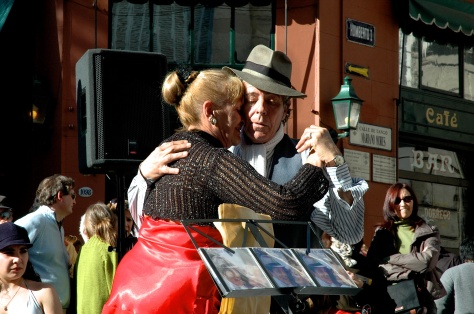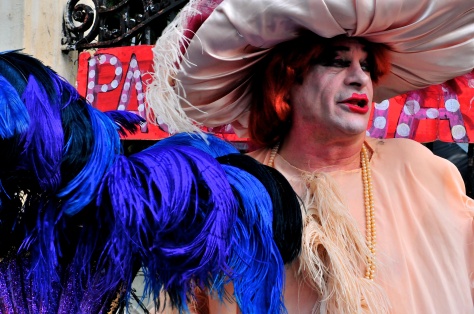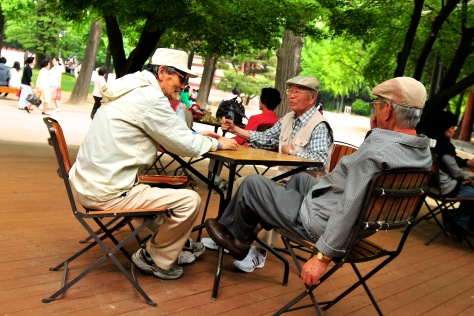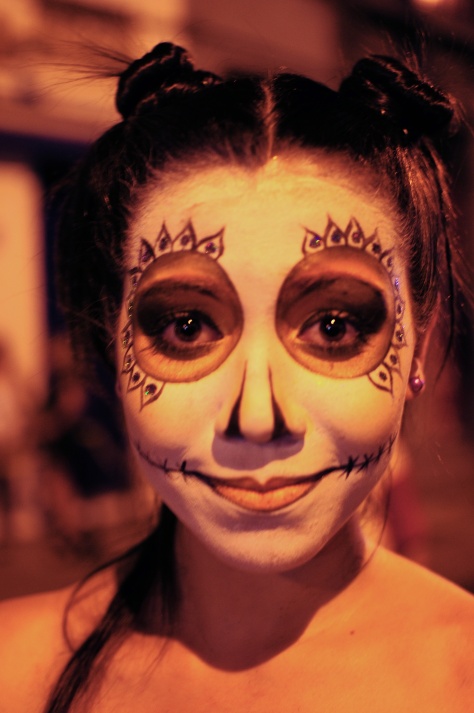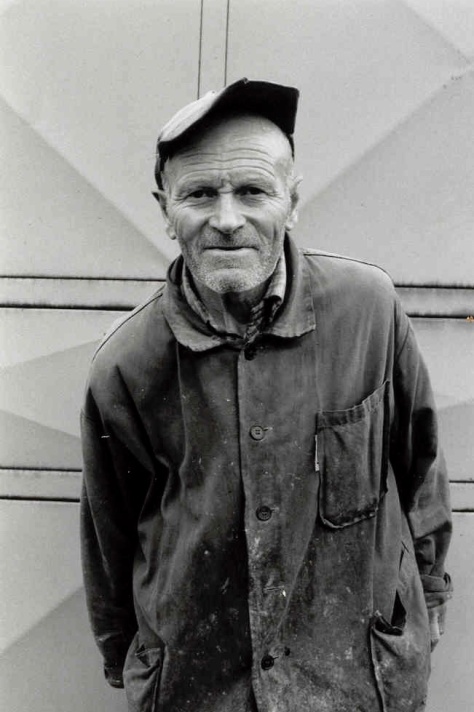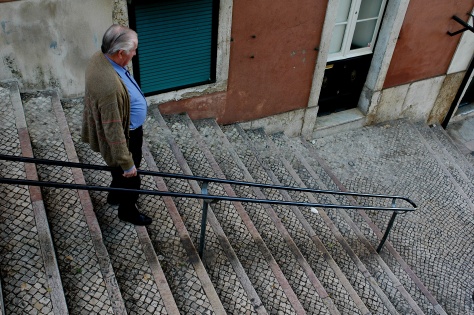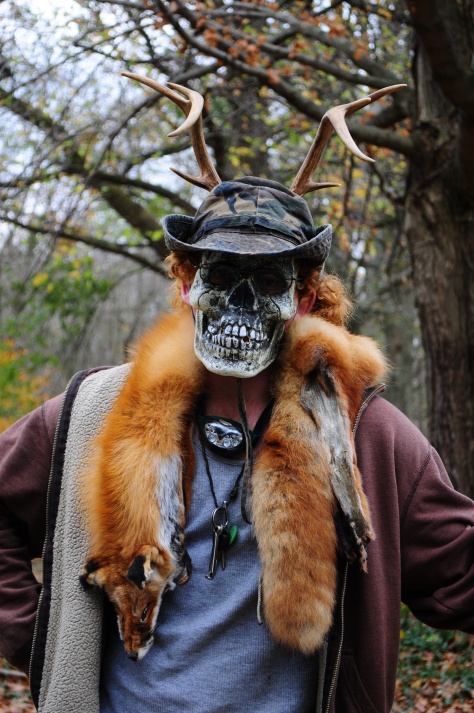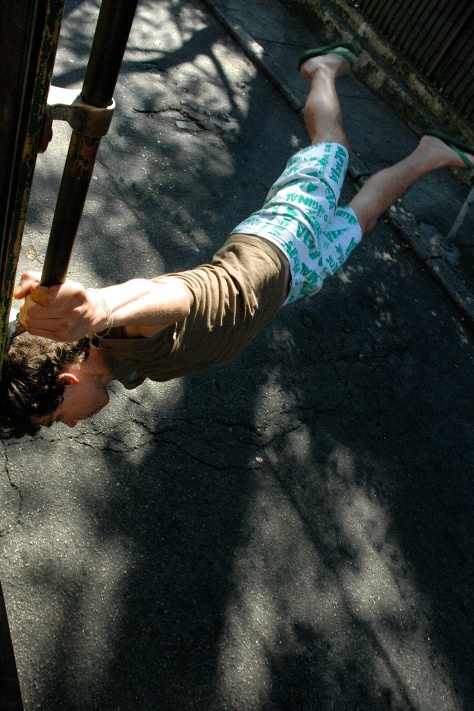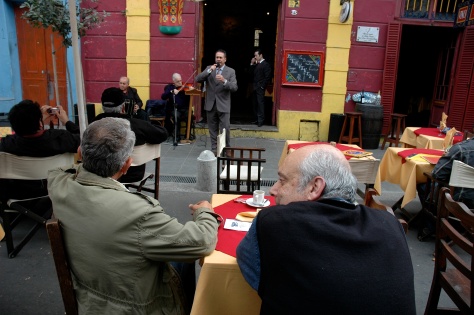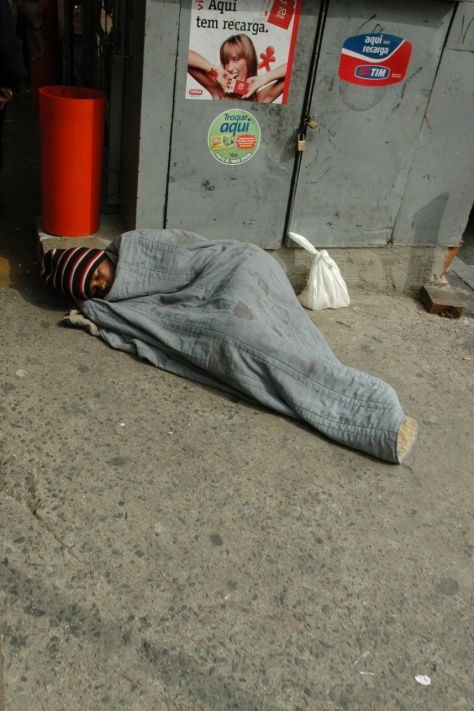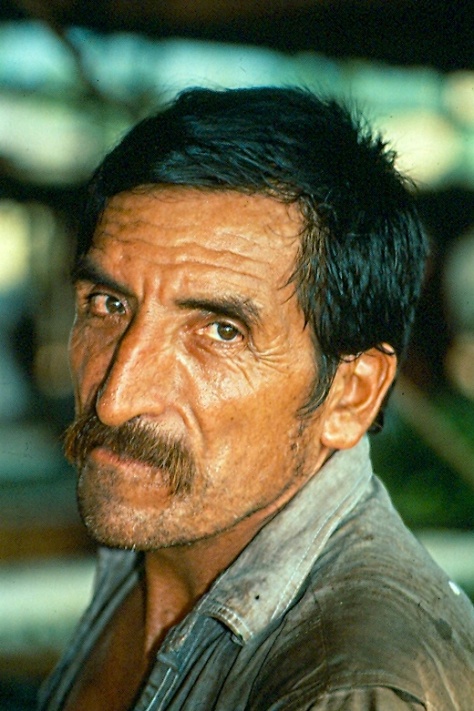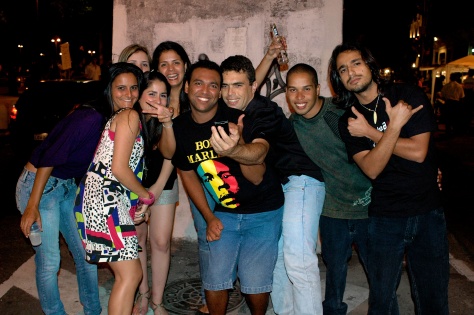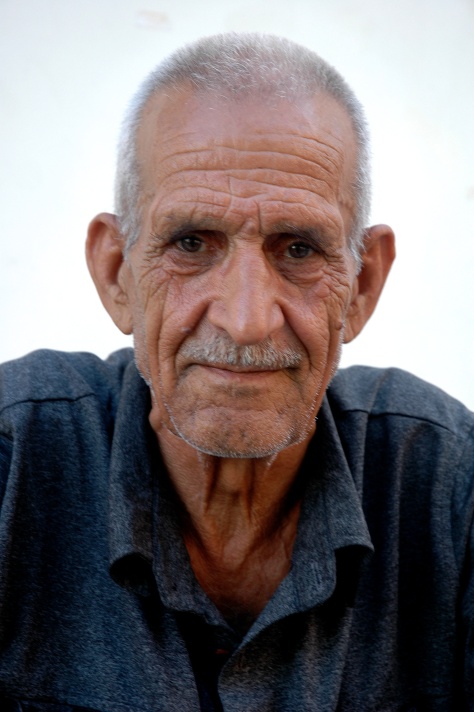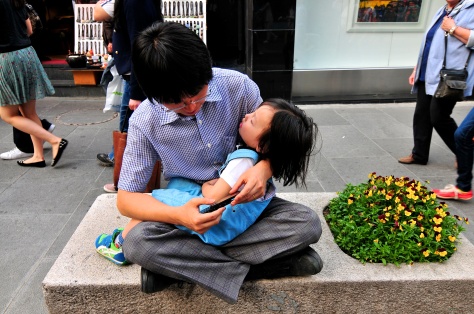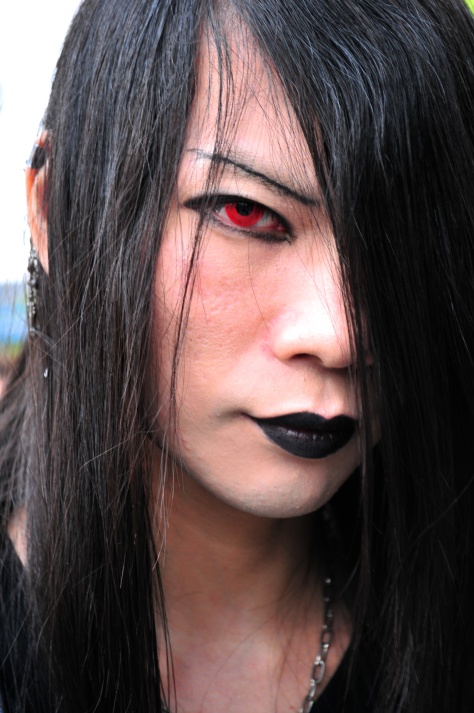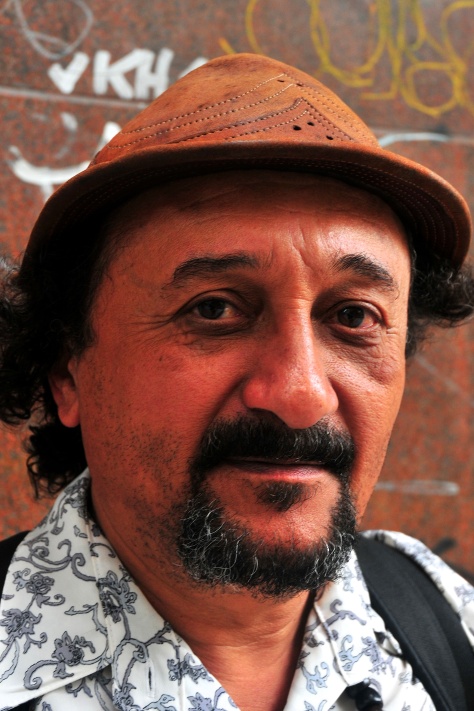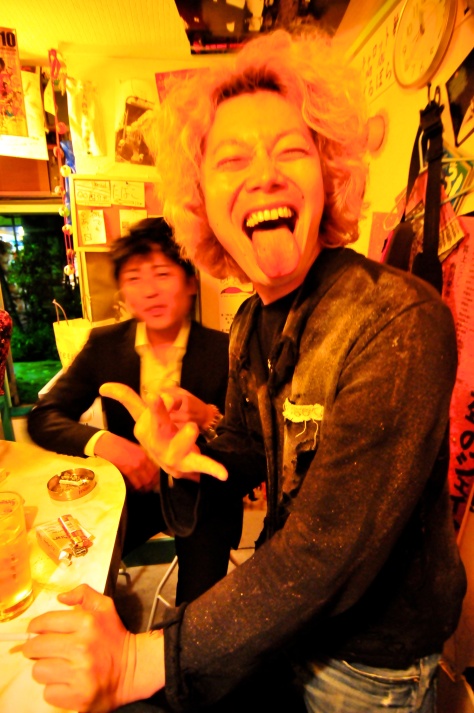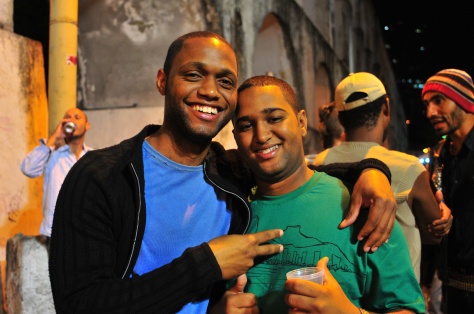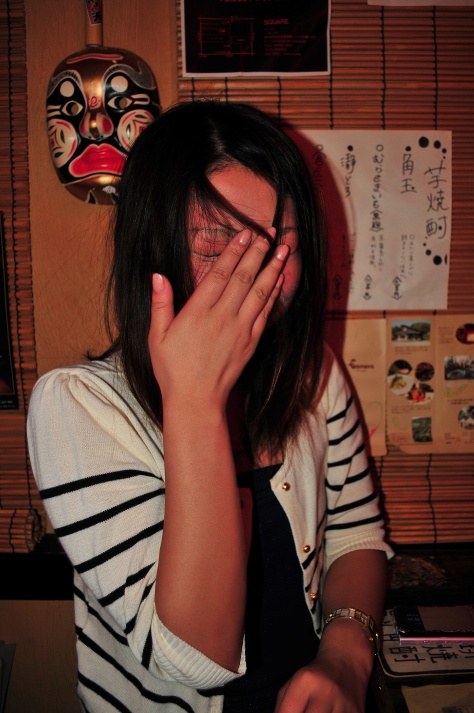The Maze is an “inn” situated in a favela with a monthly jazz scene.

The location adds to the persona as tourists can say that they stayed in or went out in a favela. This concept has several positive impacts on the immediate area, such as breaking barriers, letting the world know that not all favelas (shantytowns) are dangerous and crime-ridden, still it is not an idyllic situation. To visit The Maze, you first make your way to the bottom of a long and steep hill. Options to ascend include walking (45 minutes), van (10-15 minutes) or moto-taxi (5 minutes). Once you get to the top, you are deposited at the opening of the favela and quickly greeted by residents who are doing what they do, hanging out, enjoying the weather, drinking beer at corner bars. A guide, wearing a bright vest with “The Maze” written on it, will walk you the 400m or so through cramped alleyways to the entrance of The Maze.

Bob, the owner of The Maze, is a British ex-pat who created the concept and has spent many years getting the The Maze established. For tourists who want to have a good time, listen to good jazz, and say that they were in a favela, The Maze succeeds.
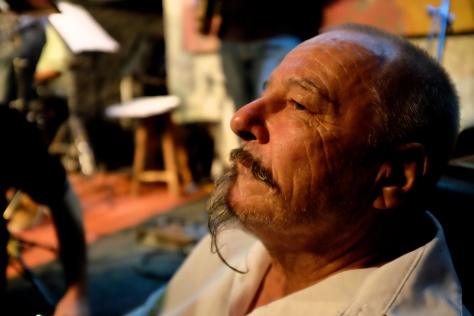
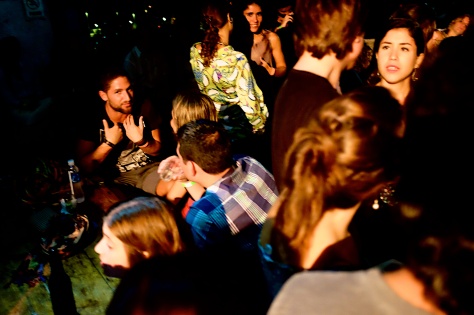
For tourists who want to experience a favela, it does nothing of the sort. The price of admission and the cost of drinks easily exceeds the average spending abilities of residents of the very favela where The Maze sits. As an indication, the monthly minimum wage is around $300 (US). A night at the maze, including admission, a few beers, and maybe food can run you upwards of $50-100.

The contrast doesn’t stop there. Once you are in The Maze, while you do enjoy a cool atmosphere, a great view of Guanabara Bay, after you stop looking into the homes of favelados below you, and generally good jazz, things begin to look odd. For example, the color of the skin of the people dealing with you, from the cashier to the bartenders, is much lighter than the color of the skin of the staff cleaning and getting dirty dishes. The Maze advertises its location in a favela as a drawing point and one would think that racial and social integration would be honored. Sadly not. You won’t see one person who lives in the favela sitting back enjoying the music, you won’t see one favelado as a frontman for The Maze. No, they’re kept out and kept at bay from the tourists who are “guided” to The Maze.

Regardless of the social impact of The Maze, it is an interesting place. The evening we visited, the jazz was very good and only slightly interrupted by the sound of flash grenades and gunshots as the local SWAT team conducted a simulated invasion of the favela. The art on the walls, the layout, the whole scene is nothing short of unique. The people who visit seem to be a mix of foreign tourists and middle to upper class Brazilians.


Still, having spent countless hours in a larger and more dangerous favela, I understand all too well how and why social boundaries are drawn and I regret that The Maze cannot find a groove in which a more egalitarian clientele can be established. After all, isn’t music about celebrating the human condition and shouldn’t it be accessible to all, especially those living under, above, or across from the source? “If I should ever die, God forbid, let this be my epitaph:
THE ONLY PROOF HE NEEDED
FOR THE EXISTENCE OF GOD
WAS MUSIC”
― Kurt Vonnegut”


As we left on the night we visited, an older woman was standing in her doorway about 50m from The Maze. I said hello and then asked her what she thought of The Maze, she replied “It’s okay. It created a couple of jobs, but otherwise I don’t think about it.” I asked her about the music once a month to which she replied, “Yeah, those are long, noisy nights, but people are well behaved and we tolerate it. What else can we do?” In general, I’m glad to have visited and will probably visit again, but will maybe stop for a beer at a local-owned bar on the way to and/from The Maze.



